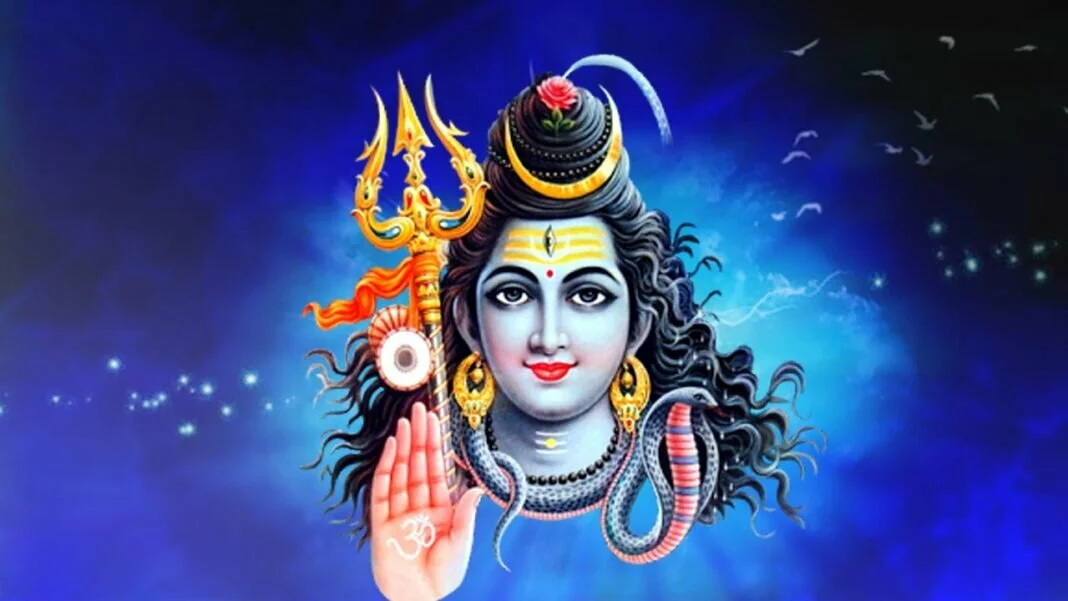Hindus celebrate Maha Shivratri, a festival dedicated to Lord Shiva, as one of their most auspicious festivals. The holiday will be observed nationwide on March 1 (Tuesday). As one of the most celebrated Hindu festivals in India, it has great significance for Hindus around the world. It commemorates Lord Shiva’s marriage to Goddess Parvati. People visit Shiv-Parvati temples on this day to seek blessings and observe fasts as well.
Maha Shivratri occurs during Chaturdashi Tithi in Krishna Paksha, which falls in the month of Magha in the South Indian lunar calendar or the Amavasyant Hindu lunar calendar. However, according to North Indian calendar or the Poornimant lunar calendar, Maha Shivaratri is the Masik(monthly) Shivaratri in the month of Phalguna.
Marriage of Goddess Parvati and Shiva: This is the most popular legend associated with Maha Shivratri. This day marks the marital union of the Lord with his wife.
After the death of his wife Sati, Shiva lived as a hermit. He was immersed in meditation and did severe penance. Sati reincarnated as Parvati to once again win Shiva’s heart and become his wife. She did severe penance for years and did everything she could to get his attention. Seeing her dedication, devotion and unfathomable love, Shiva accepted her as his wife.
They got married on 14th of Shukla Paksha of Falgun month. Lord Shiva and the Samudra Manthan Episode: In the competition of One-Upmanship, the Devas and Asuras begin to churn the ocean or ocean to obtain the divine nectar (Amrita) to attain immortality. While churning the ocean with Mount Mandara in the form of a rod and Vasuki, the king of serpents in the form of a rope, many beneficial things came out of the ocean but with it came halal or poison.
Halahala was so toxic that it could ruin the universe. Lord Vishnu instructed the Devas to reach out to Lord Shiva, who was the only one who could consume the poison.
Lord Shiva readily consented to consume Halahala. Goddess Parvati put her hands on his neck in order to prevent the Halahala from going down his throat. As a result, the Halahala found refuge in his throat. It did not harm Shiva, but it turned his neck blue. Therefore, Shiva is also known as Neelakantha. It was for this reason that the Devas and devotees of the Lord kept him awake all night by singing praises and performing dances in order to make sure Halahala has no further impact on him.
Story of how Shiva Linga came into existence: Once, Lord Vishnu and Lord Brahma had an argument over their supremacy. This created a lot of unrest in Devlok and the gods reached out to Lord Shiva for help. To make Brahma and Vishnu realize that a supreme power was ruling them, Shiva appeared in the form of a lingam-shaped fiery flame and challenged both of them to find out the beginning and end of the beaming light.
Brahma took the form of a swan to fly upward while Shiva transformed into a boar and headed underground. In the end, Brahma persuaded the Ketaki flower to stand as a witness to his “achievement” of tracing the origin of the beam and conveying the information to Lord Vishnu.
This is when Lord Shiva appeared in his full form from the beam. Realizing that their argument was futile and that their claim to supremacy was futile, Brahma and Vishnu bowed to Lord Shiva and begged for forgiveness. People celebrate Maha Shivaratri by remaining awake and chanting Shiva mantras in honour of Shiva, who appeared in a Linga form on this day.



















